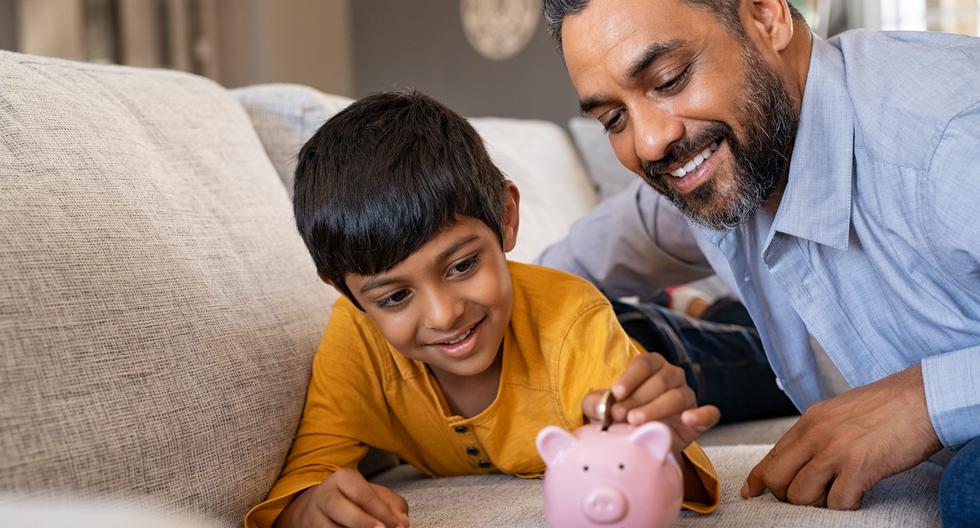A good financial education in citizens can lead a country to double its growth figures; however, it turns out to be a challenge in Peru. Various studies consider that “financial illiteracy” affects 70% of the population. According to the Development Bank of Latin America – CAF (2021), 63% of Peruvians state that their income is not enough to make ends meet and 49% of them could not be able to cover an unforeseen expense equivalent to your monthly income.
Undoubtedly, these are figures that demonstrate the need to generate knowledge and behaviors to make sound financial decisions. According to the specialists from Ediciones Corefo, promoting financial education in children and (as) should be a fundamental element of their training and should be part of the study plans.
Next, the experts explain five tips to teach the little ones at home about financial education:
- Encourage the habit of saving. In this regard, you can start with something as simple as giving the boy or girl a piggy bank. In this way, she will learn to save, it will motivate her efforts, she will be more responsible and she will be able to set a clear goal for her savings. For example, buy a book that you like the most.
- Tip so they learn to manage. You can start by offering them a weekly tip. Little by little, the child will learn that money is limited, that she must prioritize because she cannot buy everything she wants, and that saving requires effort.
- Let them learn the meaning of money. It is essential that the little ones at home know the value of money, what is achieved by working and what should be used to pay for important things such as food or school. Likewise, the boy or girl must know four basic concepts: expenses, income, savings and investment. You should explain to them the difference between necessary expenses and those that are not.
- Teach them to shop smart. Another aspect that you can teach your children is to buy responsibly. For example, you can explain to them why it is important to compare prices between one place and another in order to save. Discuss each product carefully together.
- Promotes financial education with technology. Boys and girls will be able to learn about financial education with these innovative applications: Life Hub, Banqer or Goalsetter. These and other digital tools usually use games so that the little ones at home learn in a simple and fun way.
Finally, the specialists from Ediciones Corefo point out that learning about financial education can be done based on age, so that all generations understand the importance of money in life and how it is managed responsibly.








